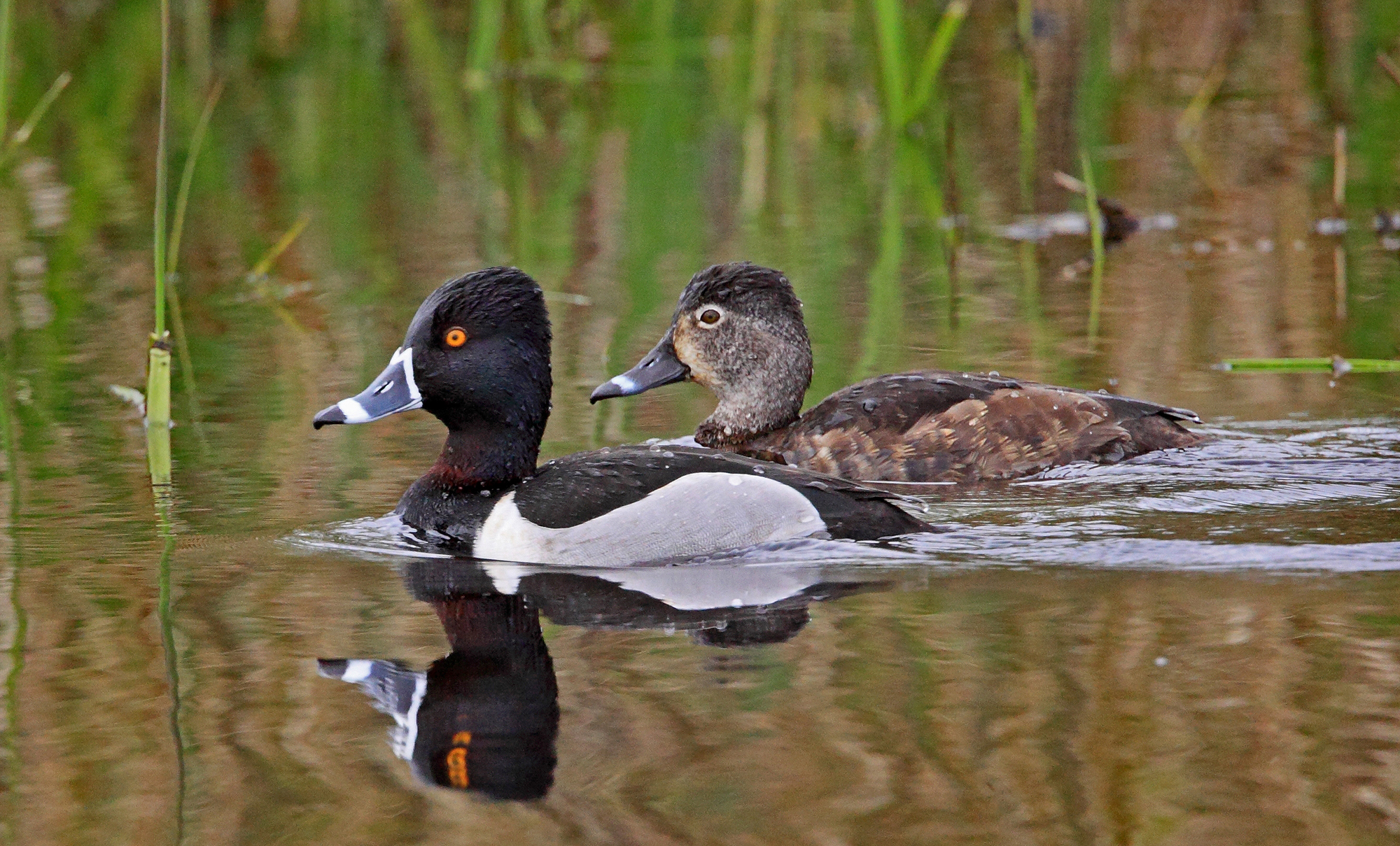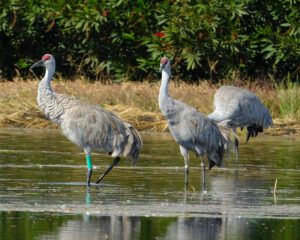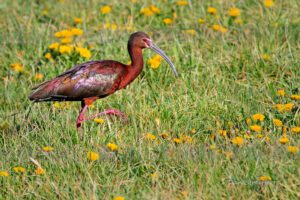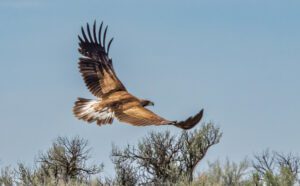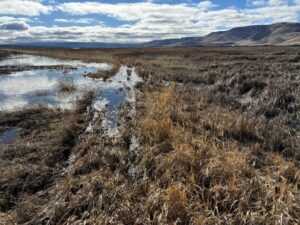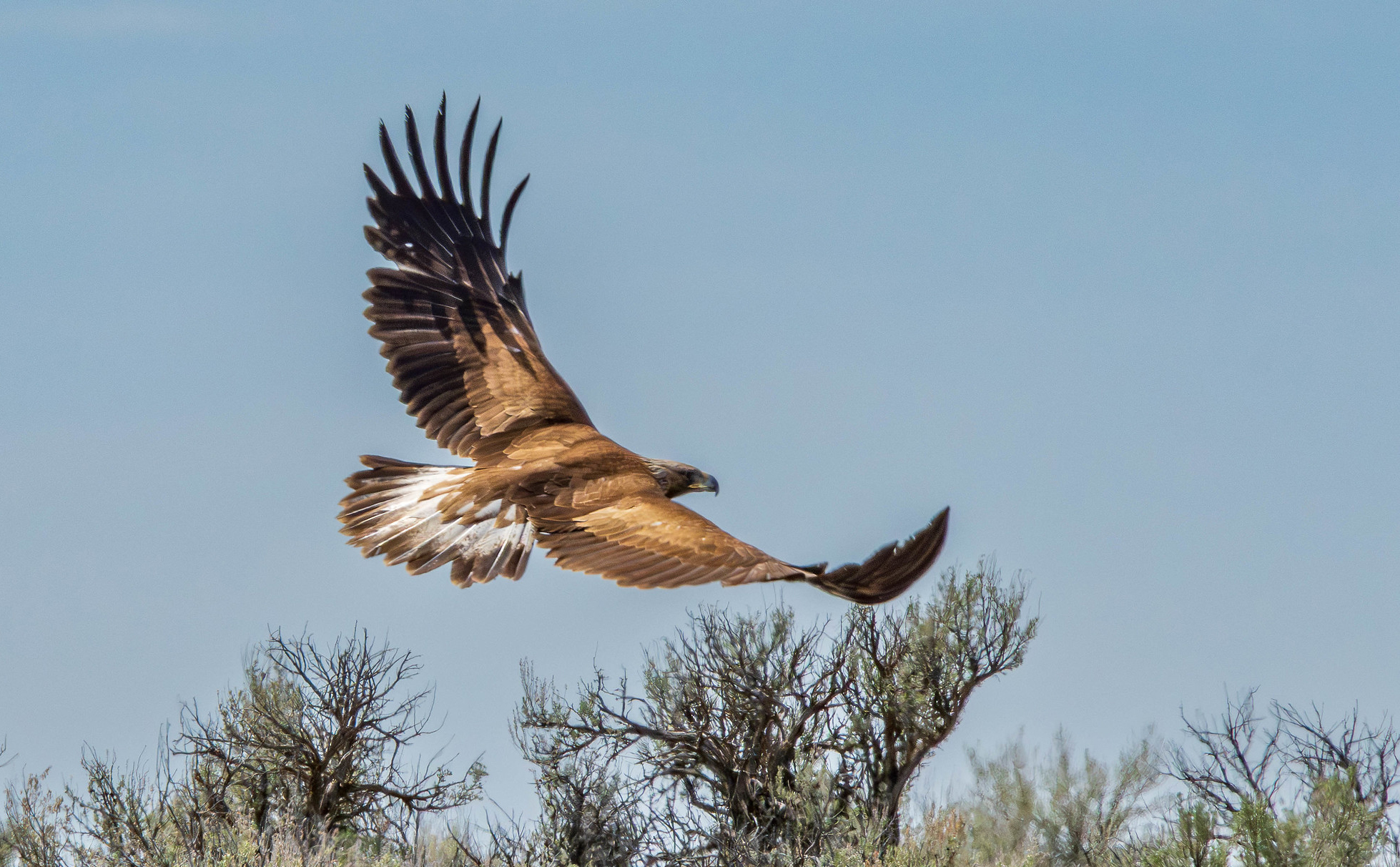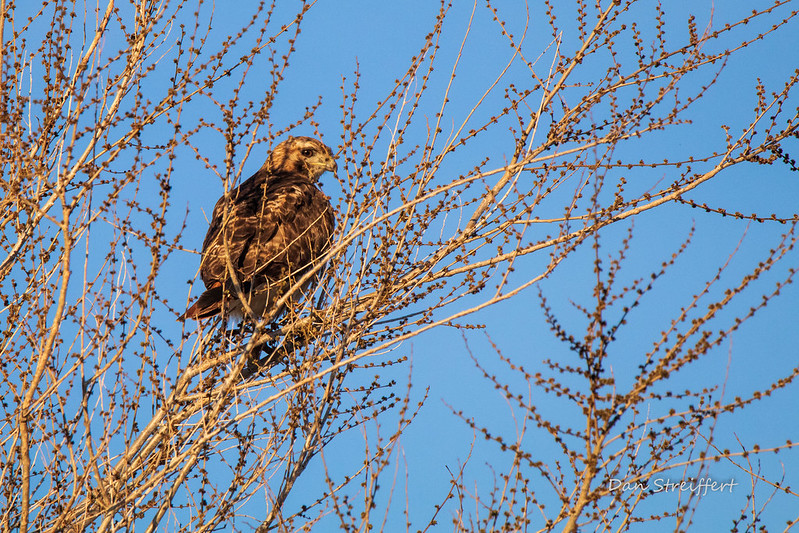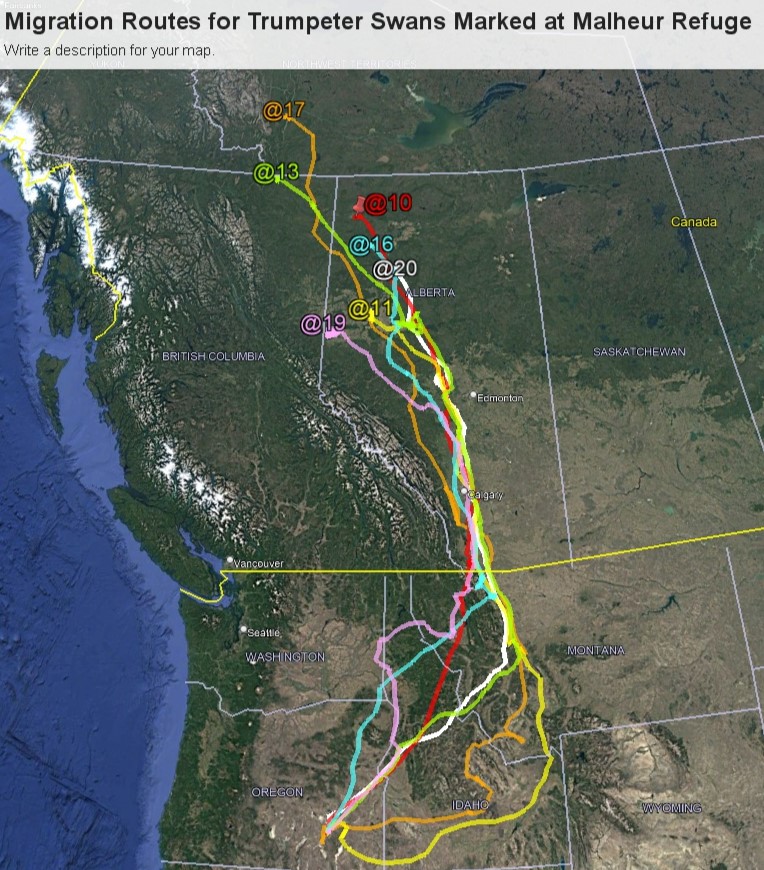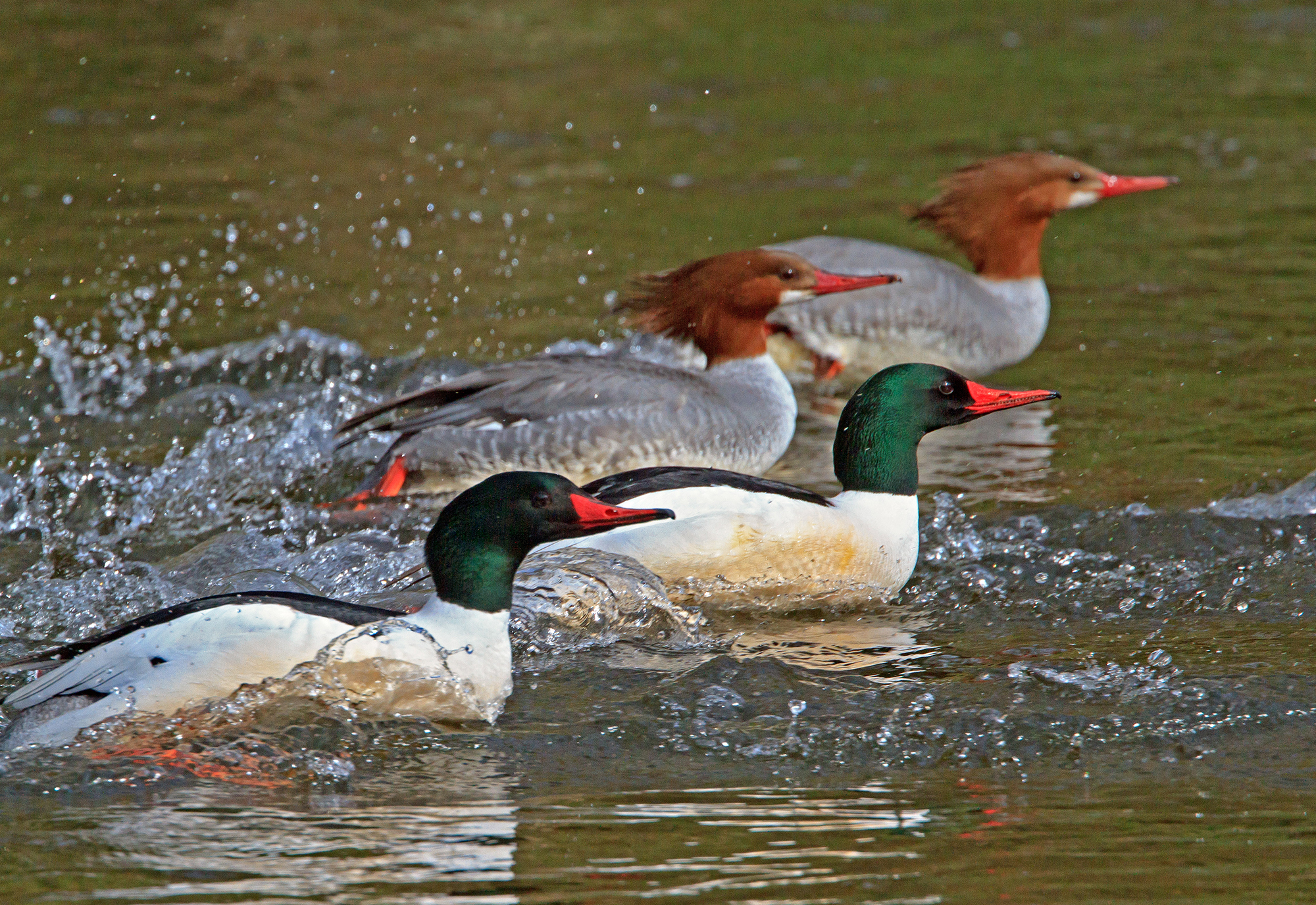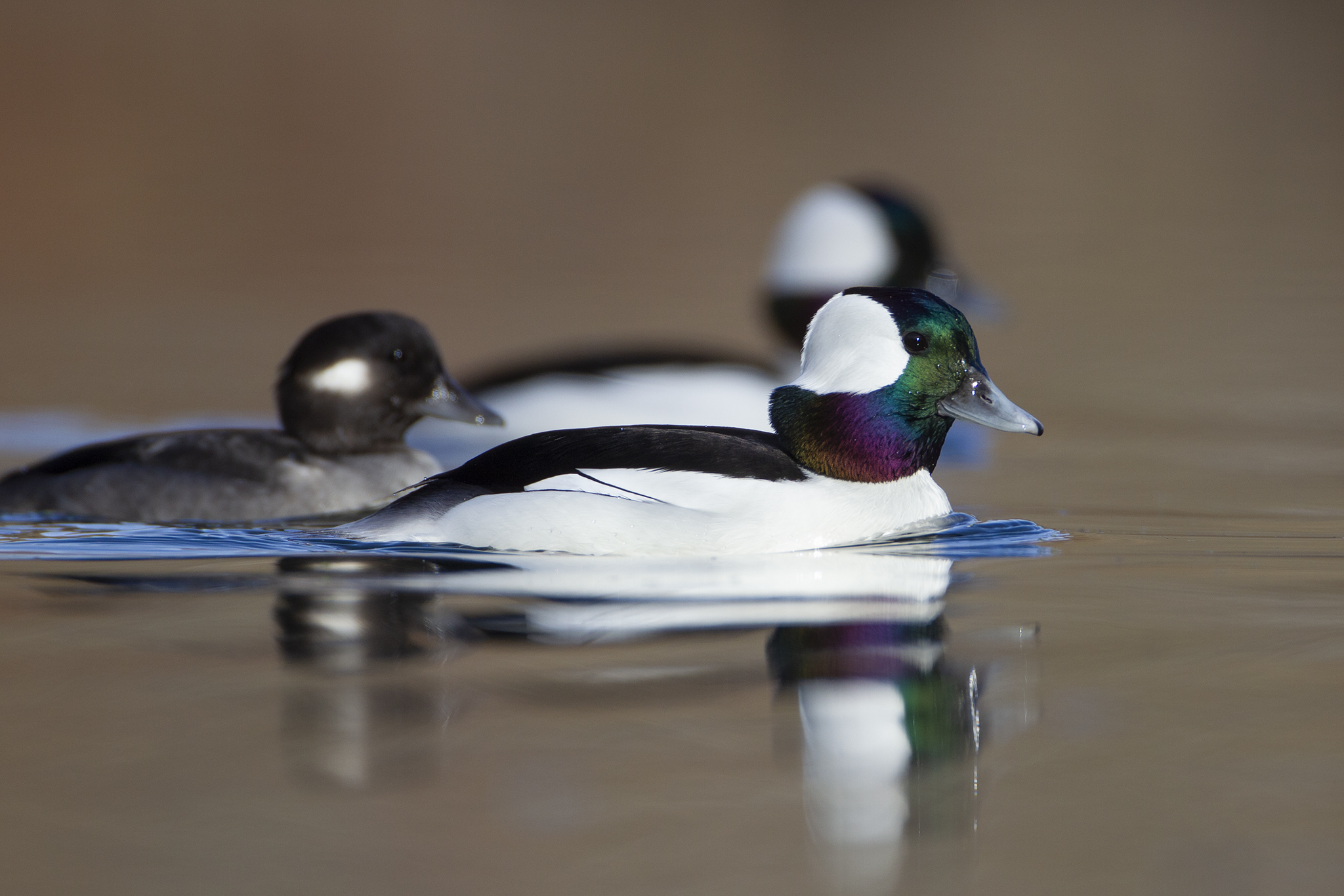Written by Peter Pearsall
Photo by Dan Streiffert
The ring-necked duck is a medium-sized diving duck ranging widely across Canada, the United States, and Mexico. They inhabit freshwater habitats across Canada and the western U.S. during the breeding season and migrate as far south as Central America during the winter months.
Adult males have a glossy, iridescent black head, neck, and back, which contrasts sharply with tbeir white and gray flanks. The feature for which the species is named—the chestnut collar on the male’s black neck—is perhaps its least conspicuous fieldmark, visible only in good light at close range. Both sexes’ bills end with a black tip bordered in white. Female plumage is primarily brownish with a paler head and face.
During the breeding season, ring-necked ducks prefer nesting near freshwater lakes, ponds, and marshes with dense emergent vegetation for cover. They are also known to utilize beaver ponds and wooded swamps. In winter, they can be found in a variety of freshwater habitats, including lakes, rivers, estuaries, and coastal bays.
Ring-necked ducks are skilled divers, capable of submerging themselves for extended periods in search of aquatic invertebrates, small fish, and aquatic plants. Their diet also includes seeds and other plant matter. They typically forage by diving underwater and propelling themselves with their feet while using their wings for steering.
Strong and fast fliers, ring-necked ducks are able to take flight by springing up directly from the water, without the labored take-off run used by most diving ducks.

